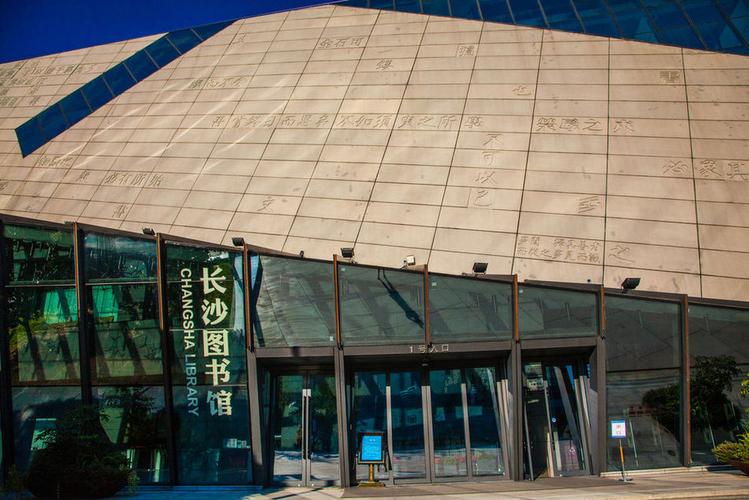Title: Crafting an Engaging Homepage for Changsha Library

Creating an engaging homepage for the Changsha Library's official website requires careful consideration of design, functionality, and user experience. As a vital gateway to the library's resources and services, the homepage should effectively communicate its offerings while providing an intuitive and visually appealing interface for users. Let's explore key elements and recommendations for designing an effective homepage for the Changsha Library's website.
1. Clear Navigation Menu:
Implement a clear and concise navigation menu prominently displayed at the top of the homepage. Categorize sections logically, such as "About Us," "Catalog," "Events," "Services," and "Contact."
Ensure ease of navigation by using familiar labels and organizing content hierarchically to help users quickly locate desired information.
2. Prominent Search Bar:
Place a prominently positioned search bar to allow users to quickly search for books, articles, or other resources within the library's collection.
Implement autosuggestions and filtering options to assist users in refining their search queries and finding relevant content efficiently.
3. Featured Content Section:
Showcase featured books, upcoming events, or special collections on the homepage to highlight the library's offerings and encourage user engagement.
Utilize visually appealing images and concise descriptions to capture users' attention and encourage exploration.
4. Interactive Elements:
Incorporate interactive elements such as sliders, carousels, or interactive maps to add visual interest and engagement to the homepage.
Use these elements to highlight library events, exhibitions, or community programs, fostering a sense of connection and involvement among users.
5. Mobile Responsiveness:
Ensure that the homepage design is responsive and optimized for various devices, including desktops, tablets, and smartphones.
Prioritize mobilefriendly design elements and functionalities to accommodate users accessing the website on different devices.
6. Social Media Integration:
Integrate social media buttons or feeds to allow users to connect with the library's social media channels directly from the homepage.
Encourage users to share content, participate in discussions, and stay updated on library news and events through social media platforms.
7. Accessibility Considerations:
Design the homepage with accessibility in mind, ensuring that it complies with relevant accessibility standards and guidelines.
Provide options for users to adjust text size, color contrast, and other accessibility features to accommodate diverse user needs.
8. CalltoAction Buttons:
Include clear and compelling calltoaction buttons strategically placed throughout the homepage to prompt users to take specific actions, such as signing up for a library card, registering for events, or accessing online resources.
Use persuasive language and visually distinct buttons to encourage user interaction and conversion.
9. News and Announcements Section:
Dedicate a section on the homepage to showcase the latest library news, announcements, or blog posts.
Keep the content updated regularly to provide users with fresh and relevant information about library events, initiatives, and resources.
10. Feedback Mechanism:
Incorporate a feedback mechanism, such as a contact form or feedback widget, to allow users to share their thoughts, suggestions, or inquiries directly with the library staff.
Respond promptly to user feedback to demonstrate the library's commitment to continuous improvement and customer satisfaction.
By incorporating these key elements and best practices, the Changsha Library can design an engaging and userfriendly homepage that effectively communicates its offerings, fosters user engagement, and enhances the overall digital experience for visitors.








